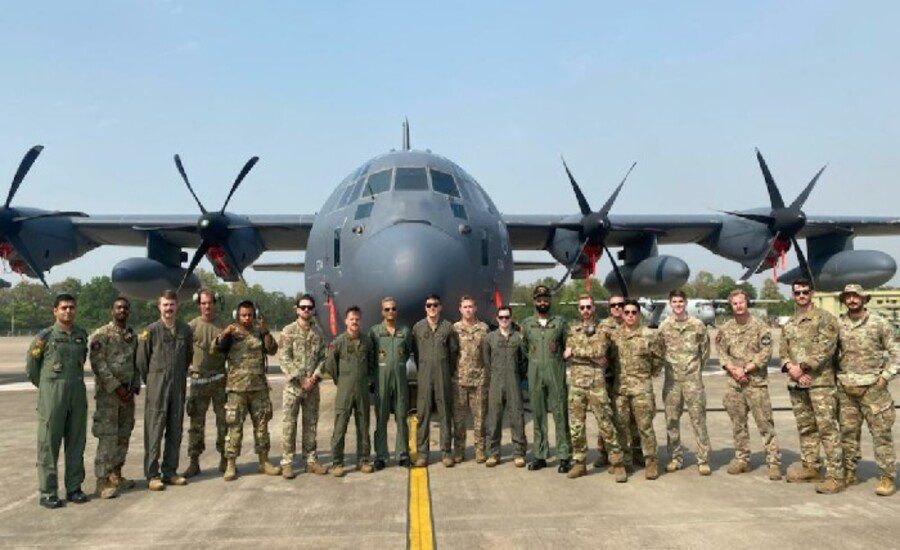New Delhi: In a landmark moment for India-US defence cooperation, the Indian Air Force (IAF) and the United States Air Force (USAF) have launched a four-day bilateral air exercise from 10 to 13 November 2025 in southern India. With cutting-edge aircraft from both sides — including the USAF’s long-range bomber and India’s frontline fighters — the drill underscores a strategic leap in air interoperability and regional readiness.
Background of IAF USAF joint exercise
In recent years, defence ties between India and the US have been steadily deepening under the frameworks of the “Major Defence Partner” status and multiple joint exercises. However, this latest exercise stands out: it pairs the USAF’s heavy strategic asset — the B-1B Lancer — with Indian fighters like the Su-30 MKI and Mirage-2000, a combination seldom seen in Asian airspace.
Importance of the Exercise
This exercise is highly significant for several reasons:
1. Air interoperability enhancement – By conducting missions with diverse platforms from different air-power doctrines, both nations advance their ability to work seamlessly in coalition or combined operations.
2. Strategic messaging – In the context of a dynamic Indo-Pacific security environment, this drill signals that India and the U.S. can coordinate complex air missions, thus raising deterrence and regional credibility.
3. Operational learning – Indian pilots gain experience escorting a heavy bomber like the B-1B, while U.S. crews gain exposure to Indian airspace, procedures and fighter tactics — a mutually beneficial partnership.
4. Platform integration milestone – It is the first-of-its-kind drill pairing Su-30 MKIs with a U.S. strategic bomber over Indian skies.
Key Challenges & Implications
Technical interoperability: Integrating aircraft from different origins (Russian-design Su-30, French-design Mirage, U.S. bomber) poses challenges in communications, data-links, tactics and logistics.
Air-space complexity: Conducting high-tempo missions with heavy bombers and fighters over India’s southern airspace demands robust planning, safety protocols and coordination.
Strategic sensitivities: While the drill strengthens India-US ties, it also sends signals to other regional actors about evolving air-power coalitions — which may raise strategic reactions.
Resource demands: Such joint missions require extensive support infrastructure (tankers, ground control, logistics) and cost-intensive training.
Major implications: Improved readiness, enhanced deterrence, and deeper India-US military alignment. But they also demand sustained effort and mutual trust.
Way Forward
- Expand scope and complexity: Future iterations can include more platforms (e.g., mid-air refuellers, AEW&C aircraft), multi-theatre operations and larger packages.
- Routine interoperability drills: Making such bomber-fighter integration a regular feature will embed procedures, build muscle memory and deepen partnership.
- Broaden multilateral involvement: Bringing in allies or observers from like-minded nations (e.g., Quad countries) can enhance coalition readiness in the Indo-Pacific.
- Technology and tactics sharing: Both forces should continue to refine secure communications, data links, EW (electronic warfare) tactics and mixed-platform strike doctrine.
- Public-private and industry linkages: Leveraging defence industry cooperation to support training, simulation, logistics and platform sustainment will add value.



























